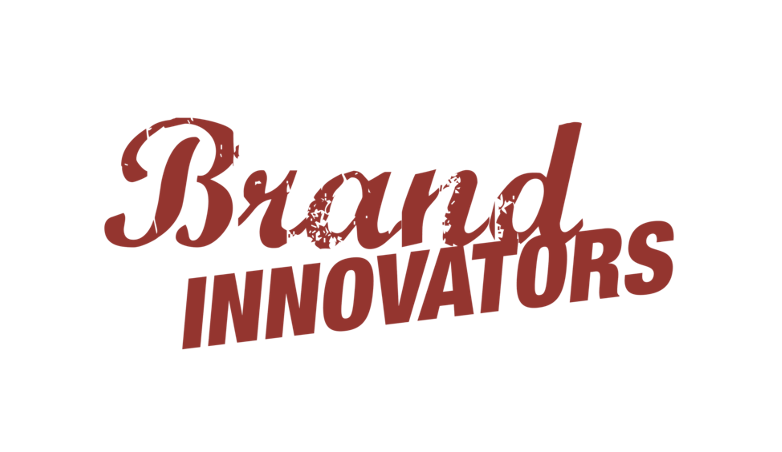The traditional media operating model is broken, demanding more money, time and resources as brands scale. Outdated metrics like CPMs and CTRs can hinder efficiency, while media fragmentation makes finding the right metrics tricky.
But it doesn’t have to be this way.
Digital media standardization can make practices, formats and metrics consistent across platforms. Aligning strategies and promoting transparency can make it easier to adapt your automated tools to different platforms, which then improves data accuracy and enhances campaign performance. And new technology can enable advertisers to track incrementality, reducing waste and boosting performance accountability.
With a streamlined, automated approach, governed by a small team of experts, you can achieve exponential growth, even with fixed resources.
Here are some steps you can take to achieve incrementality, streamline your media strategy and drive exponential growth.
Define your terms
First, you need to decipher which media platform metrics and KPIs are most important.
Note the different headers for common campaign metrics used by The Trade Desk, Meta, TikTok and DoubleVerify in the reporting schema below

Here’s a “Media Standardization Recipe” for understanding incrementality across these platforms.
- Go to Meta Ads Manger, TikTok for Business, The Trade Desk – My Reports or DV Pinnacle to pull the data outlined in the chart above.
- Use the chart to find key metrics that should be included in your reporting export. The terms advertisers commonly use to refer to these metrics are listed in the “Classifier Definition” column on the left. To the right are the various names each platform uses for the same metric.
- Combine all data into one Excel sheet and update the headers to the language shown in the “Classifier Definition” column.
You should now have one combined data set with clear, easy-to-understand terms.
Calculate waste
Let’s review how advertisers can incorporate a single calculation to measure, and optimize against, ad effectiveness and ad waste. These calculations will uncover where you can boost performance and find incremental value.
A qualified cost per thousand (qCPM) calculation compares net spend to ad effectiveness in one formula. Calculating qCPM can give a more accurate picture of ad effectiveness.
From there, you can determine wasted spend with greater accountability than by using traditional metrics like clicks and views.
Ad effectiveness varies for each advertiser, but the following formula can standardize your measurement approach: qCPM = (((eCPM x (Fraud Rate)) / ((Viewability Rate) x On-Target Reach) x Frequency) / 1,000.
Here’s an “Ad Effectiveness Recipe” to calculate your qCPM:
- Identify the number of impressions you purchased that are not fraudulent and are viewable, have the correct daily frequency and reach your intended audience (e.g., ages 18-49).
- Calculate your total net spend on those impressions included in step one, divide that total net spend by the amount of impressions, then multiply by 1,000. You now have your effective CPM (eCPM).
- Multiply your eCPM by the number of impressions from step one, then divide that number by 1,000. You now have your qCPM.
Now that you can measure ad effectiveness, the next step is to identify and remove any waste. Understanding your incremental value opportunity, or ad waste, is as simple as determining which impressions performed and which did not.
The secret to calculating your waste number is to understand your ineffective CPM, revealing the cost per thousand of only the low-value and off-target ad impressions that ran.
In the formula below, off-target impressions are any impressions served to the wrong audience/target, and ineffective impressions are any ads that did not meet one or multiple traditional KPIs (e.g., CPM, CTR, etc.).
Ad Waste = (((Off-Target Impressions + Ineffective Impressions) x Ineffective CPM) / 1,000)
Here’s an “Ad Waste Recipe” for calculating your incremental value opportunity.
- Count how many impressions were fraudulent, not viewable, high frequency and didn’t deliver to the desired target.
- Determine your total net spend on the impressions from step one, divide that total spend by the number of impressions, then multiply by 1,000.
- You now have your ineffective CPM. Multiply this number by the impressions from step one.
- Divide by 1,000 and you now know how much wasted spend you can avoid in the future.
Reinvention required
As the digital advertising landscape continues to evolve, advertisers must rethink their standardization strategies to stay ahead. By adopting new technologies and focusing on the right metrics, advertisers can not only reduce waste but also drive significant growth and innovation.
Standardizing practices across platforms will facilitate the use of automated optimization tools, ensuring more accurate data and better campaign performance.
This strategic shift is a necessity for achieving sustainable, exponential growth in today’s competitive market. Advertisers who embrace these changes will be better positioned to take advantage of new technologies and avoid the pitfalls of media waste, ultimately leading to more successful and cost-effective advertising campaigns.
If you’d like to learn more about evolving current KPIs into business outcomes, check out my previous column on How Advertisers Can Spice Up Accountability And Transparency With Media Agencies.
“Data-Driven Thinking” is written by members of the media community and contains fresh ideas on the digital revolution in media.
Follow Brian Chap and AdExchanger on LinkedIn.
For more articles featuring Brian Chap, click here.


